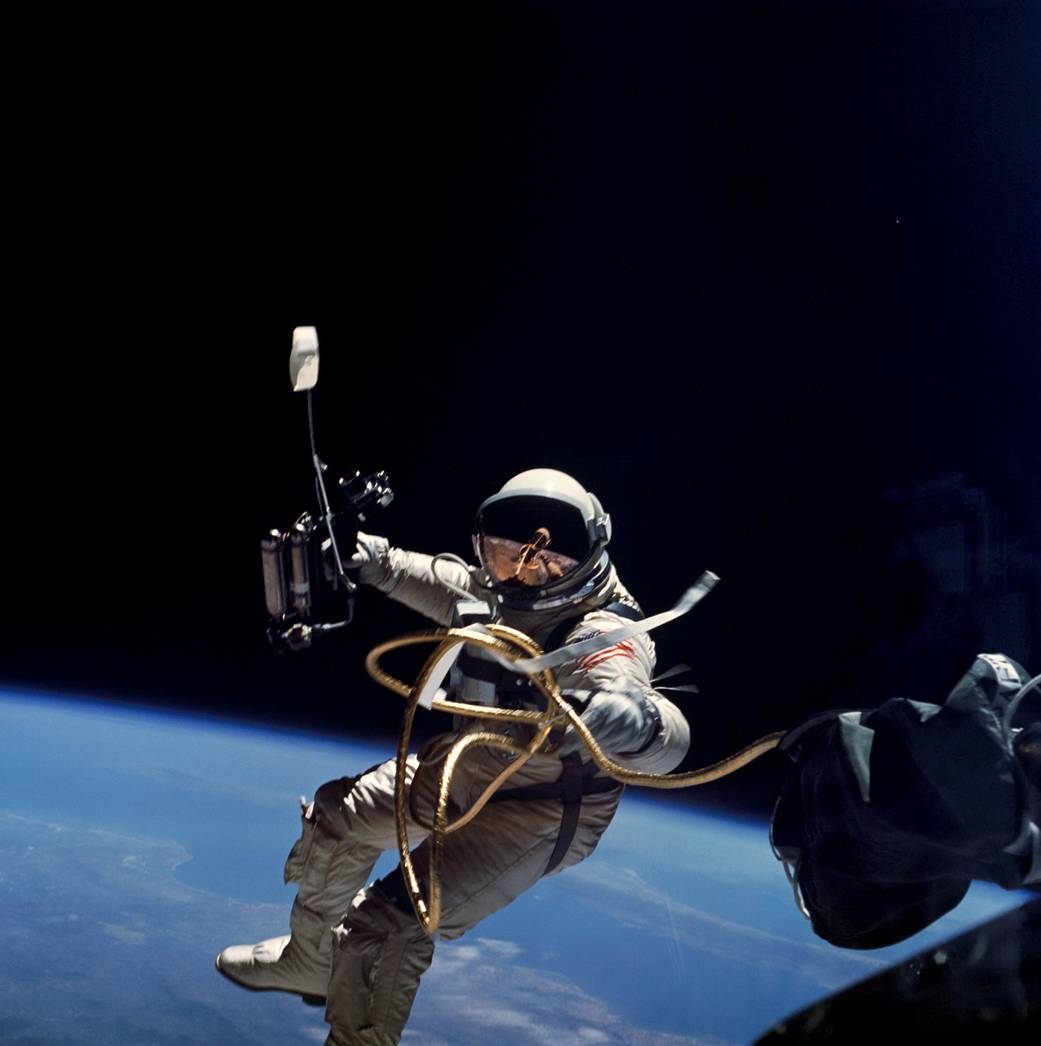There have been hundreds of American spacewalks. When was the first?
Fifty-one years ago today, the mission that included the first American spacewalk launched from Cape Canaveral. The mission was Gemini 4.
Launched on June 3, 1965, NASA’s Gemini 4 was the first long-duration mission in the Gemini Program. It was a four-day mission and the program’s second manned flight. Click here for a brief summary of the first mission.
NASA’s Gemini program was essential in developing the capabilities that paved the way for the Apollo moon missions. The program pioneered and demonstrated spacecraft rendezvous and docking maneuvers.
The Gemini 4 mission demonstrated the first American spacewalk, or extravehicular activity (EVA). On the first day of the mission, astronaut Edward White performed the 23 minute EVA.
One of the objectives of Gemini 4 was to determine how spending an extended amount of time in space affected the crew. Today, astronauts onboard the International Space Station (ISS) perform studies to give us a better understanding of how microgravity affects the human body. At the time of Gemini, 4 days was a long-duration flight. In modern times, Astronaut Scott Kelly just returned from another record-setting flight–the one-year mission.
Another objective Gemini 4 met was to demonstrate and evaluate how the spacecraft systems performed in a long-duration flight. Secondary objectives which were met involved performing in-plane and out-of-plane maneuvers, demonstrating the ability of the orbit attitude and maneuver system (OAMS), and performing experiments.
For more about the Gemini missions, visit NASA.gov.


